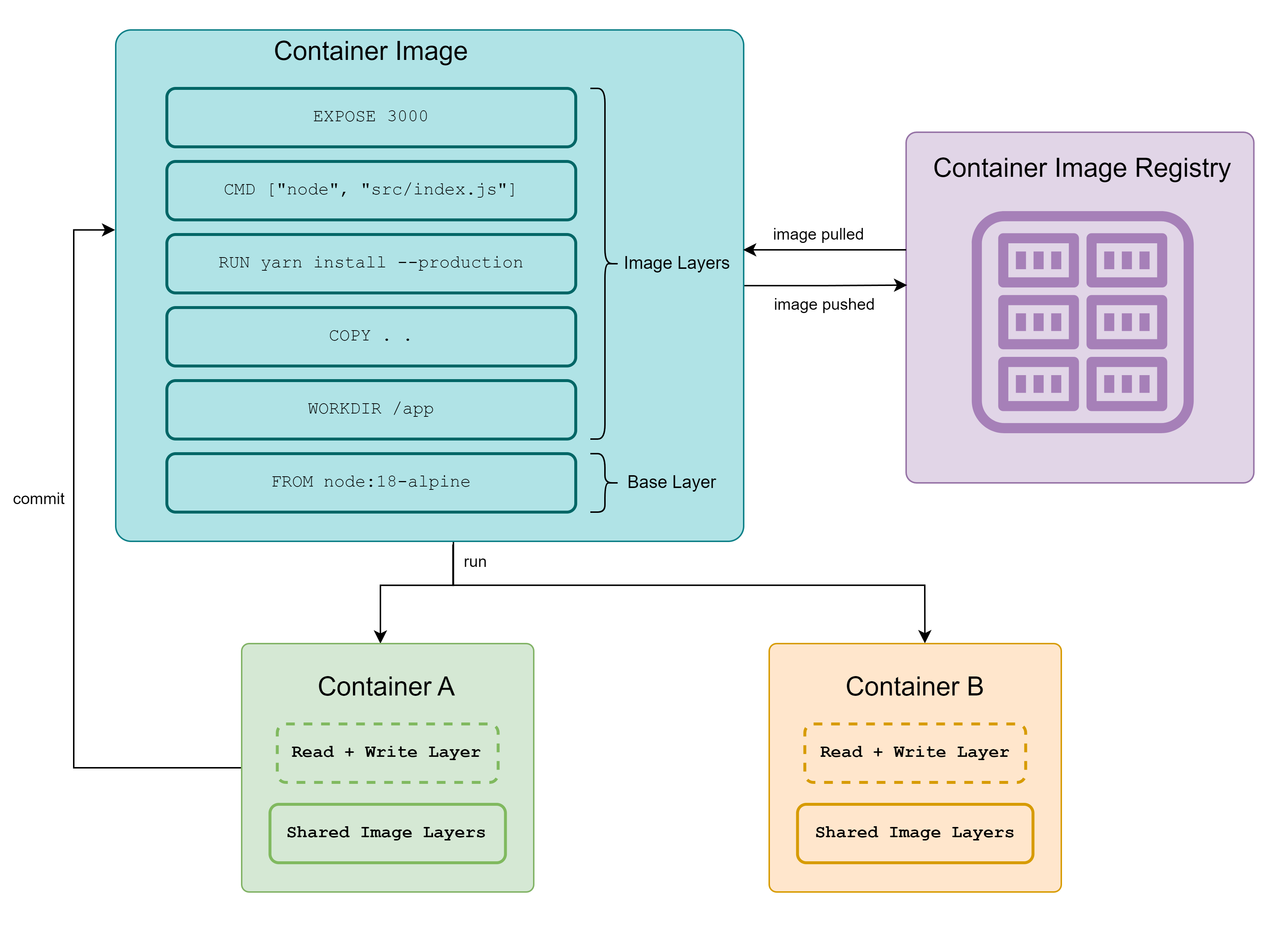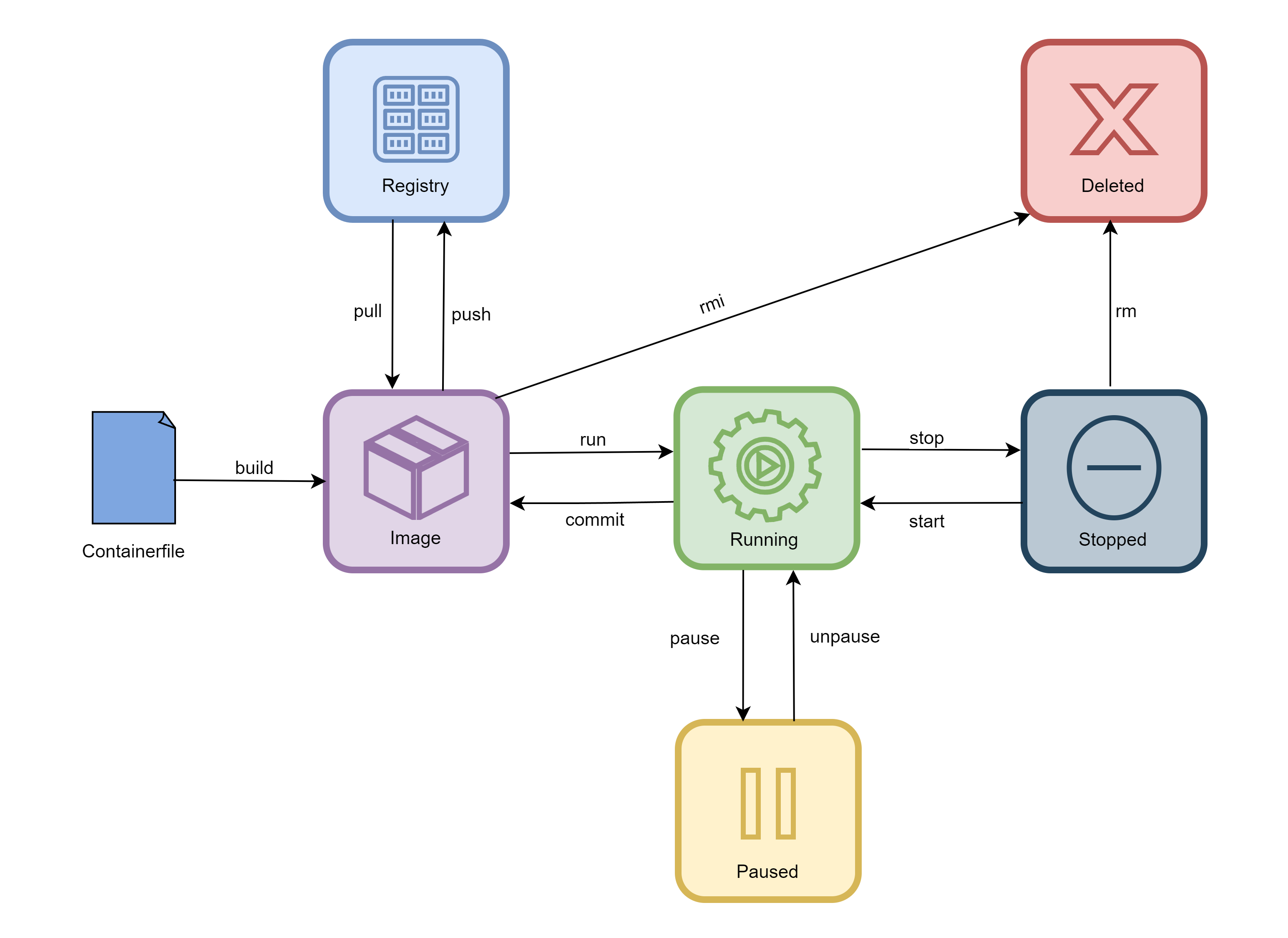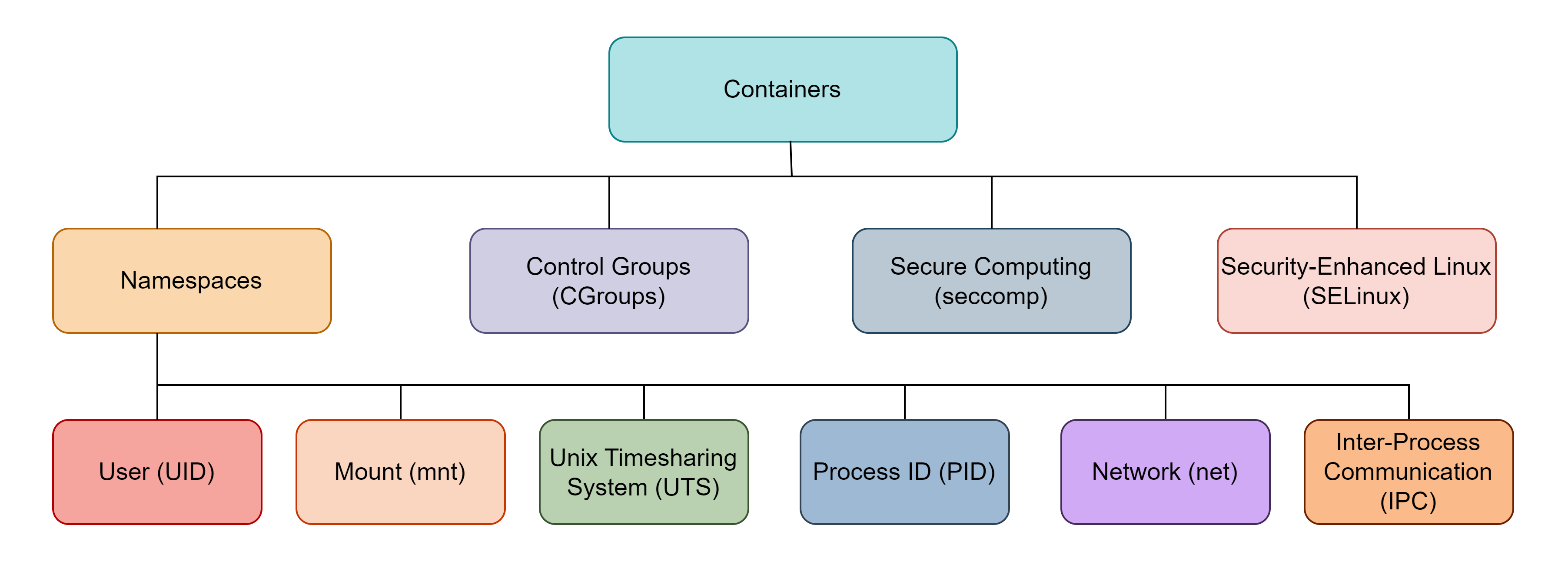Operators on OpenShift
OpenShift provides an Operators section in its web console UI for the installation and management of operators on the cluster. OperatorHub The OperatorHub is an interface for searching and installing operators. It has the following categories of operators: Red Hat Operators: Operators developed and supported by Red Hat. Example: Red Hat Quay Operator Certified Operators: Operators listed by Red Hat’s Independent Software Vendors (ISVs). Example: CockroachDB Operator Red Hat Marketplace Operators: Applications purchased from Red Hat Marketplace available as Operators....


